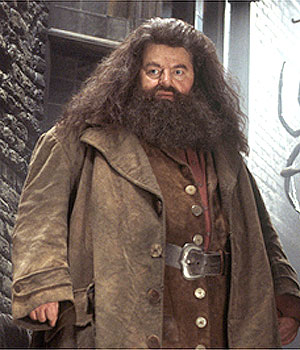In 2013, I interviewed Sam Arthur about the then new children’s book imprint, Flying Eye Books, which creates beautiful children’s books to stand out in a digital age.

Flying Eye Books is the children’s imprint of award-winning visual publishing house Nobrow. Established in early 2013, Flying Eye Books sought to retain the same attention to detail in design and excellence in illustrated content as its parent publisher, but with a focus on the craft of children’s storytelling and non-fiction.
Since then, an array of stunning and innovative titles have populated the list, including the award-winning Hildafolk series by Luke Pearson, the highly acclaimed Professor Astro Cat’s Frontiers of Space from Ben Newman and Dr. Dominic Walliman and exquisite picture books and enchanting illustrated biographies from breakaway young talents like Wild by Emily Hughes and Shackleton’s Journey by William Grill, a New York Times Best Illustrated Book of 2014 and winner of the 2015 Kate Greenaway Medal.
“When we started Nobrow Press one of our main sources of inspiration was children’s books. Our aim was to provide an independent platform for graphic art, Illustration and art comics in the UK and abroad. After publishing a few books aimed at younger readers under our Nobrow imprint we soon realised that we weren’t necessarily reaching our key demographic, that is to say, kids! So, after lots of hard work, the idea of a dedicated children’s imprint became a reality.” Sam Arthur
Sam told me, he can tell within a couple of pages if a submission is something they’d be interested in. Badly drawn and badly written are always a turn off. Also when someone hasn’t considered what types of books they publish, or don’t really know what Flying Eye Books do and who they are: this is just a waste of everyone’s time.
Sam revealed he never really has much time to read cover letters. He says that something along the lines of, ‘Here’s a copy of my book, I’d love you to publish it. If you’re interested here are my contact details. Thanks for your time.’ is pretty much perfect! They are always looking for more original graphic novels for Nobrow Press and Sam is always looking for children’s picture books that fit their list.
“We firmly believe paper books are an important part of people’s lives. We feel that there is still great pleasure to be taken in the tactile nature of reading a physical book. We still like to collect tangible objects too and although the digital world is replacing some things, often it is simply providing a way to celebrate our love of the real world and the objects within it.” Sam Arthur
Sam’s advice to anyone wanting to submit their work is before you send them anything, make sure you have a good blog or website, which is up to date with your work. If they like a submission the first thing they do is check you out online to see other work you have done. An online presence could just be a bunch of drawings uploaded to a Flickr page – it doesn’t have to be a fancy website.
“Our perception of you is based on a combination of your submission and your presence online. So my best advice is to consider this before you send anything in. If you have nothing it makes it difficult for us to get a picture of what you do and the decision to work with you will be affected by that.” Sam Arthur

You can read the full interview in the #144 issue of Writers Forum. You can find out more about Flying Eye Books from their website: www.flyingeyebooks.com.





























